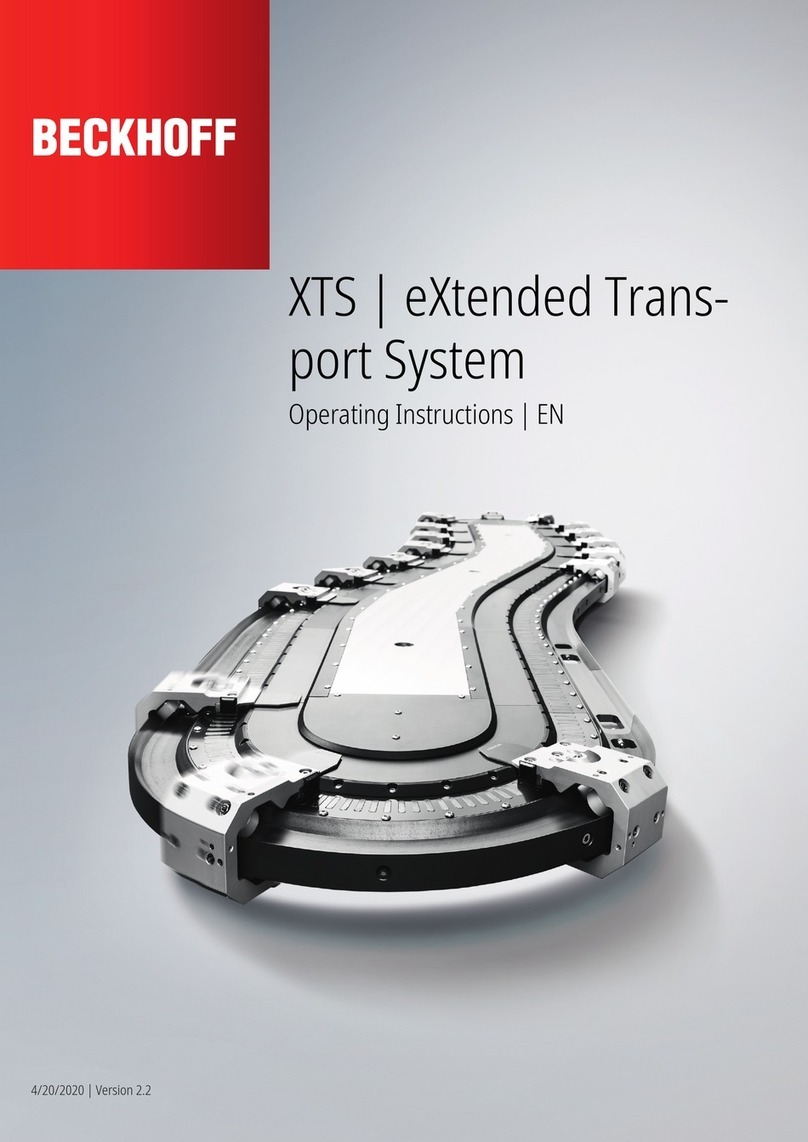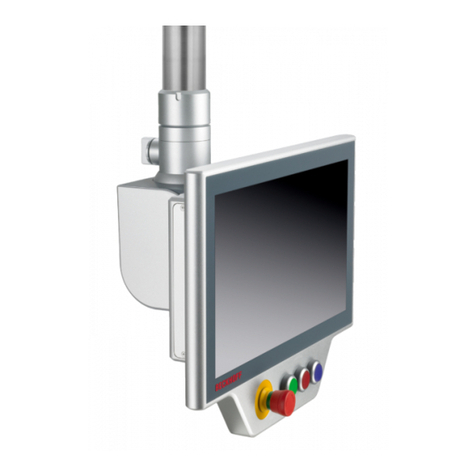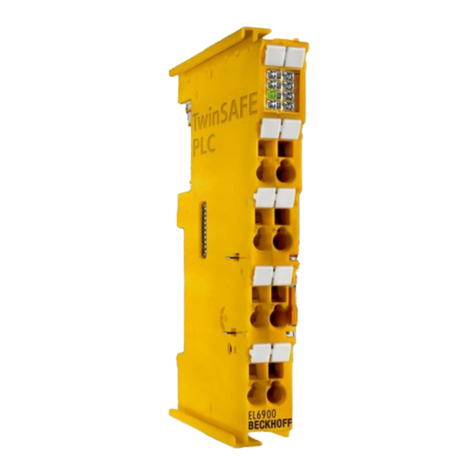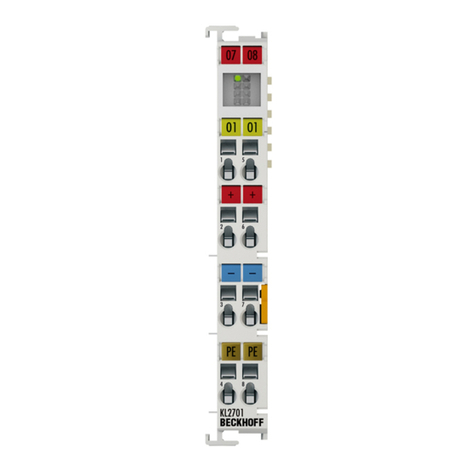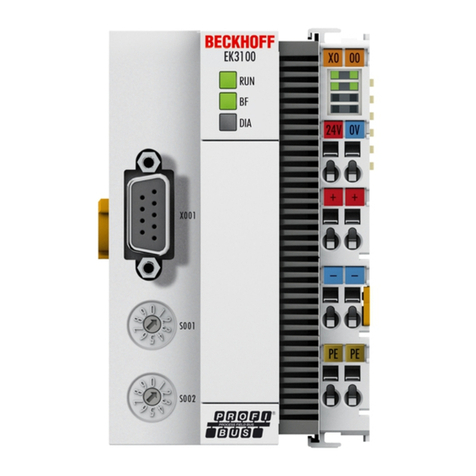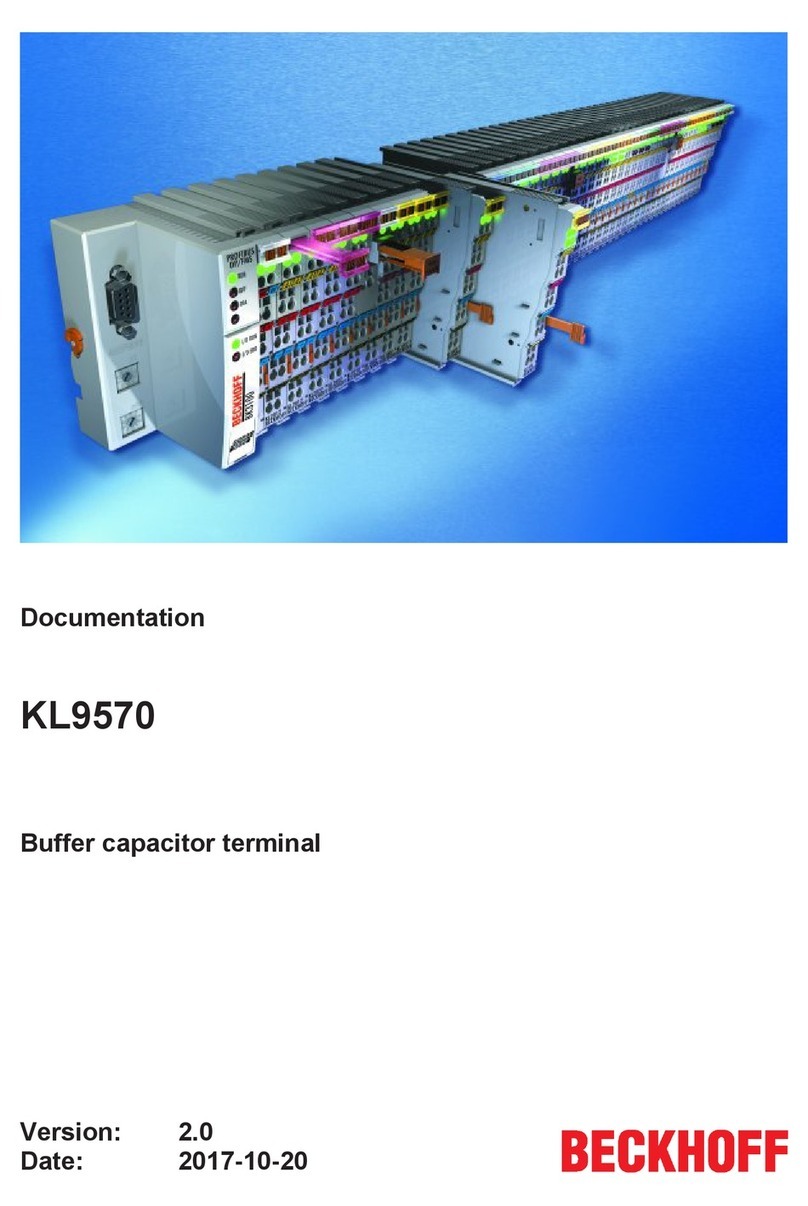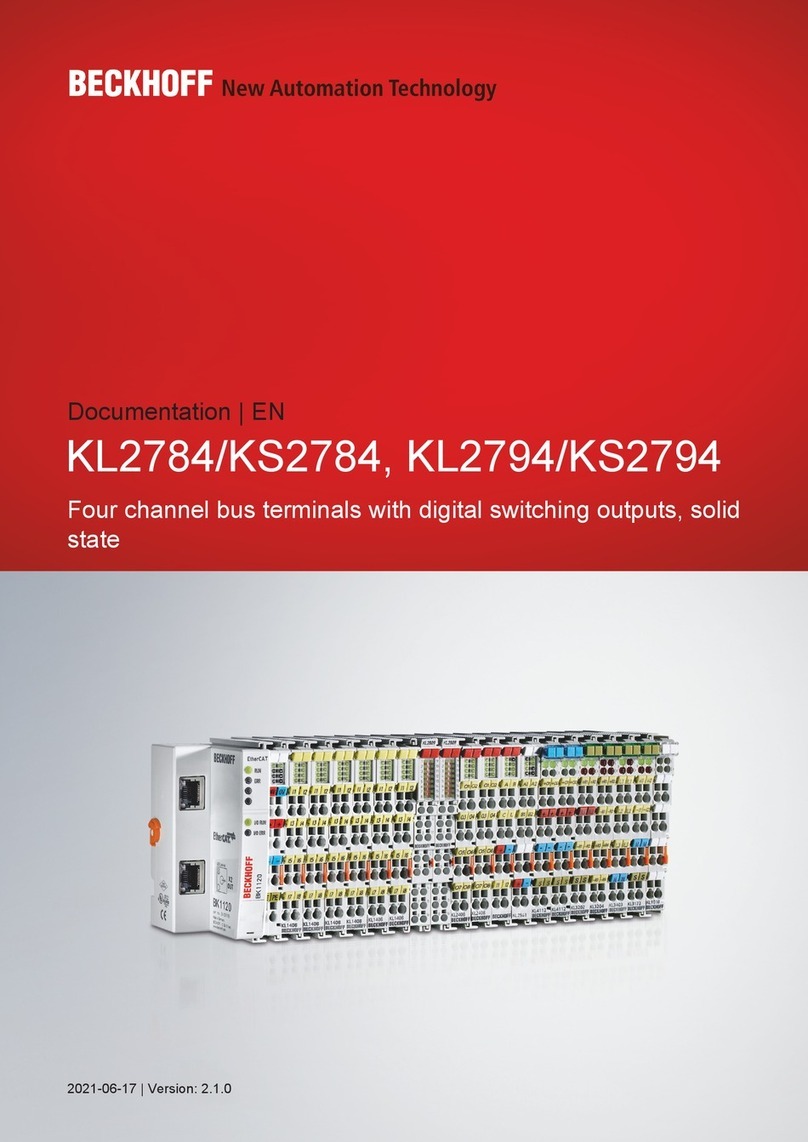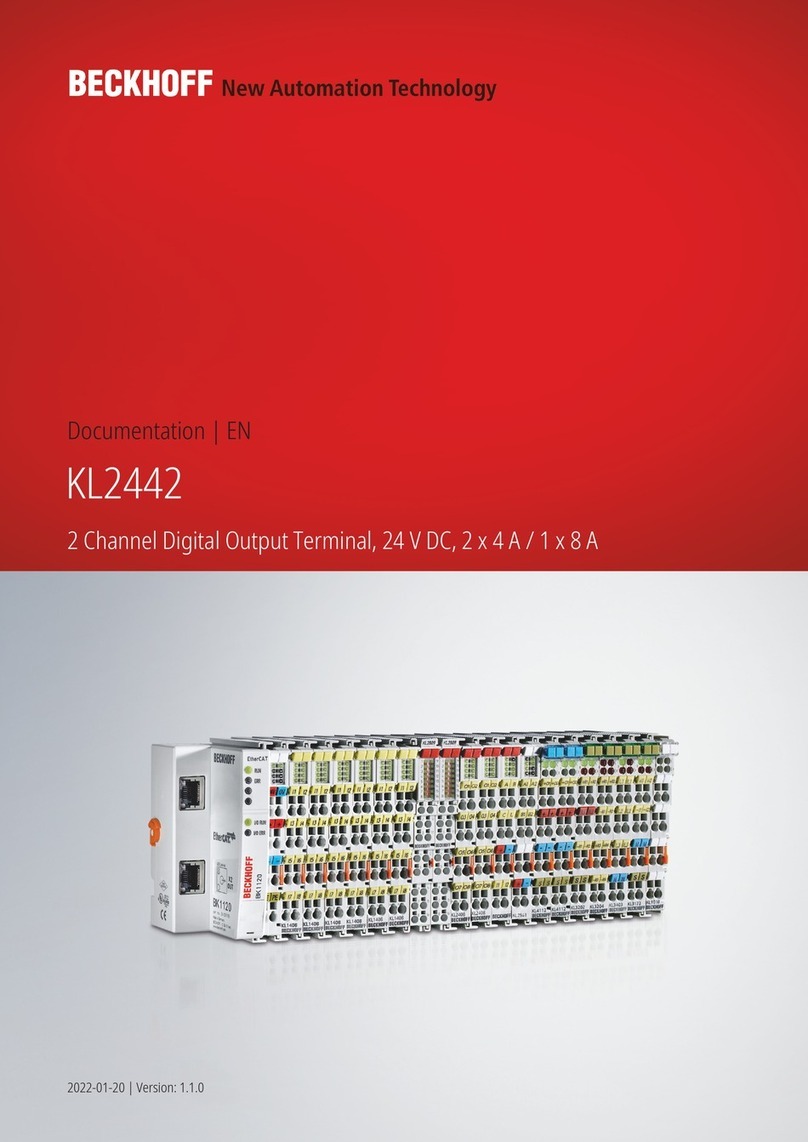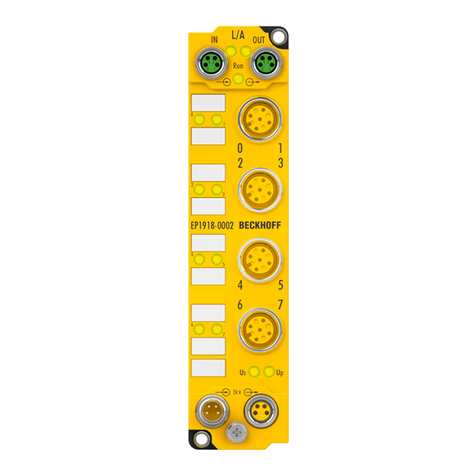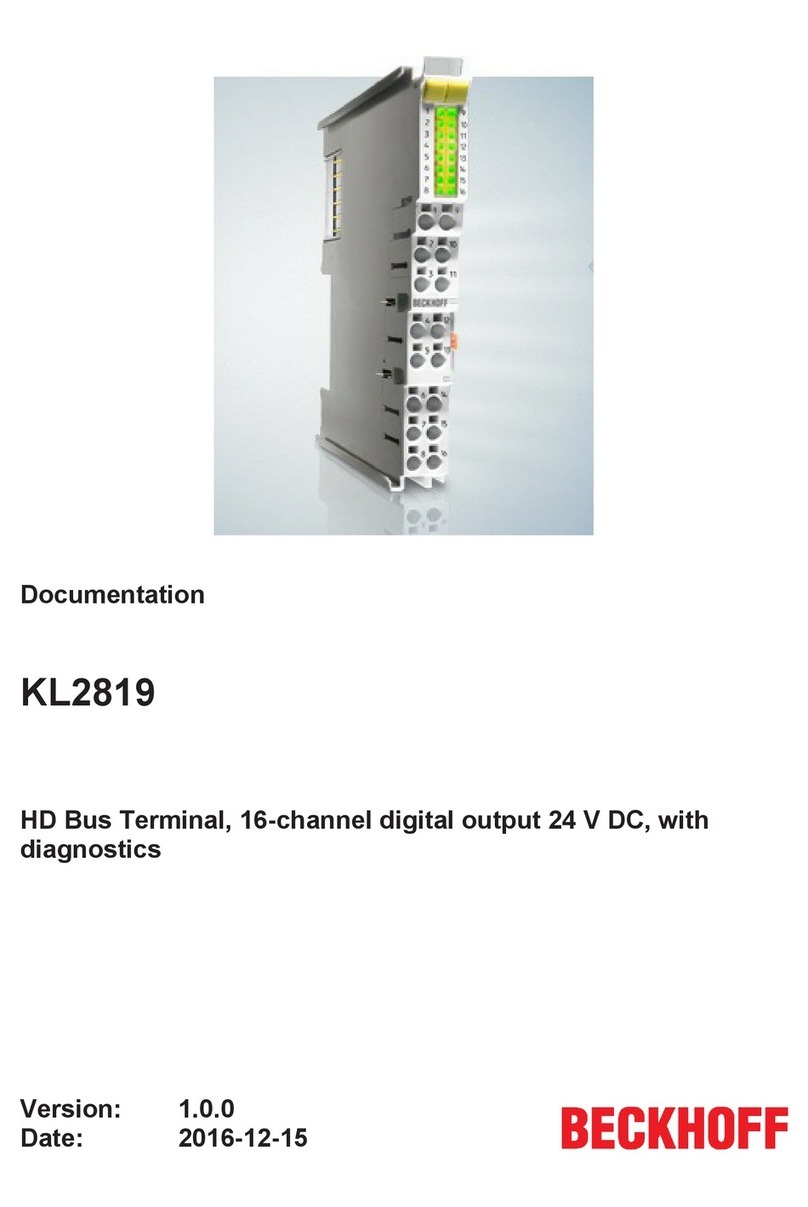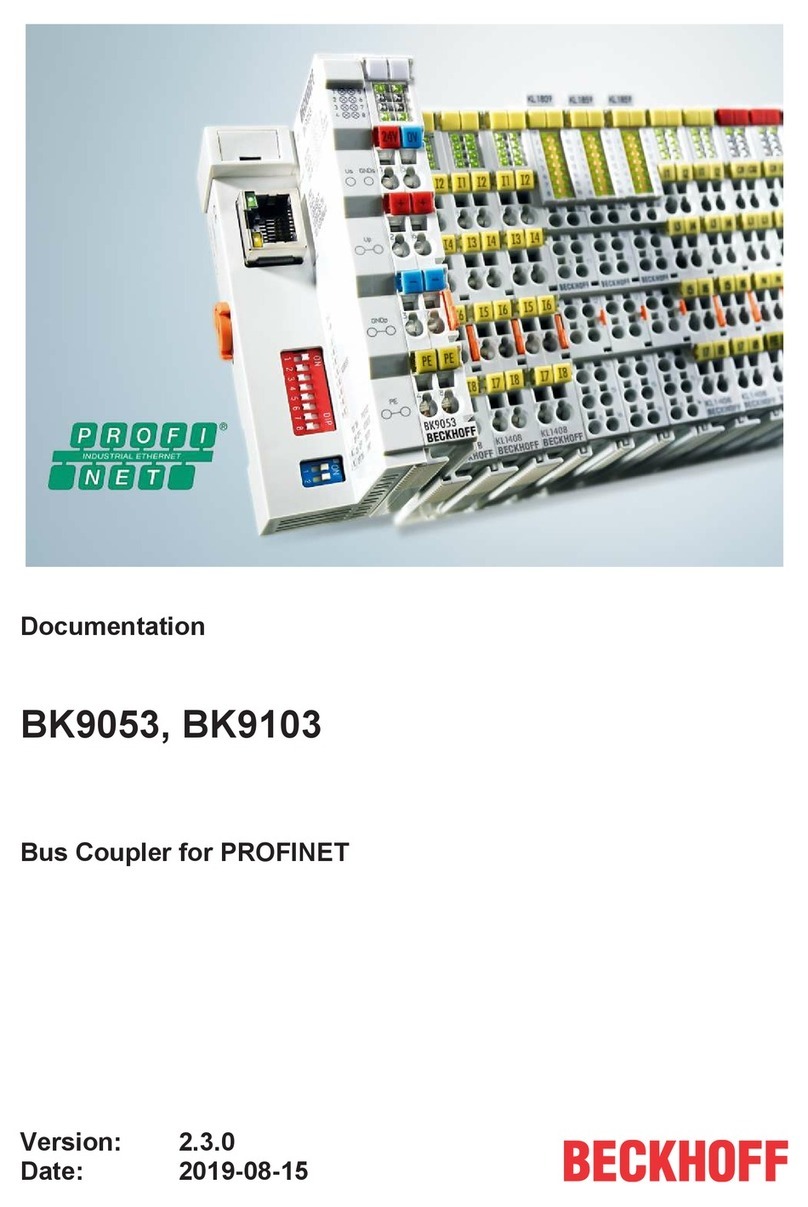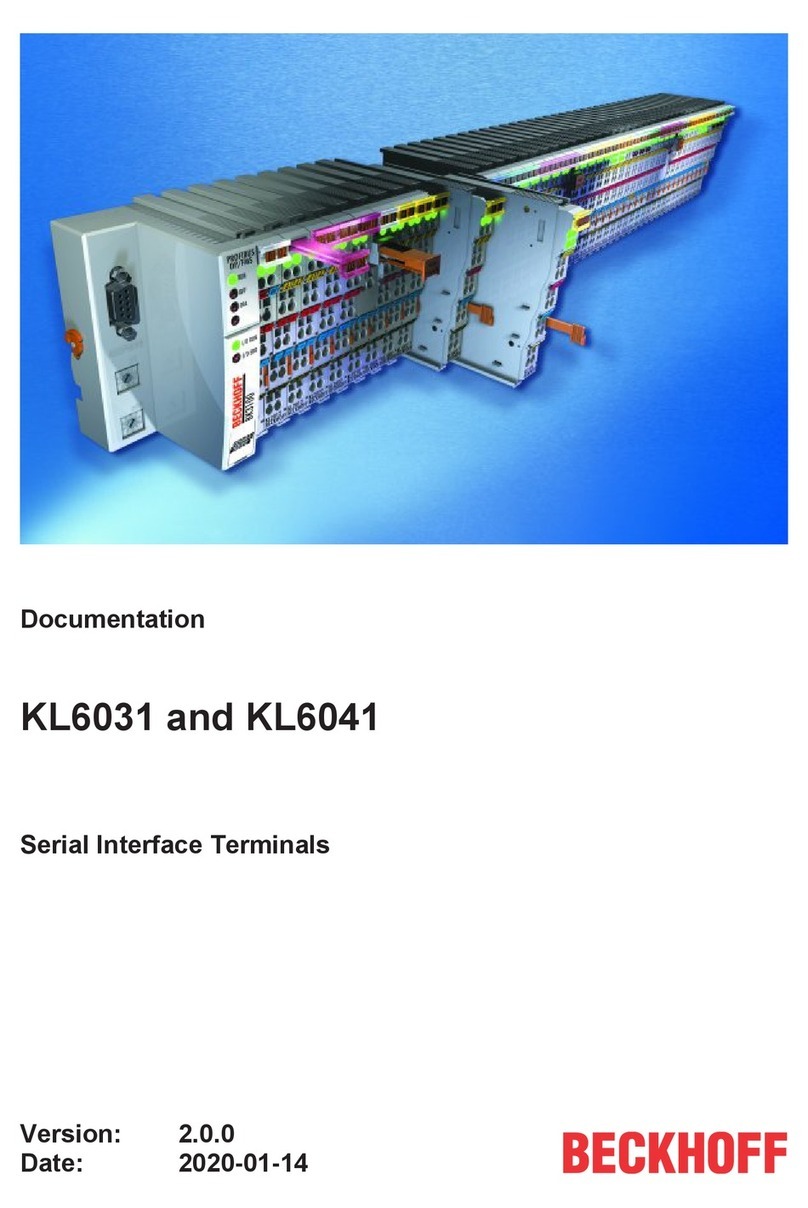
Table of contents
KL6821 3Version: 1.0.0
Table of contents
1 Foreword....................................................................................................................................................5
1.1 Notes on the documentation .............................................................................................................5
1.2 Safety instructions.............................................................................................................................6
1.3 Documentation issue status ..............................................................................................................7
2 Product overview ......................................................................................................................................8
2.1 Introduction .......................................................................................................................................8
2.2 Technical data...................................................................................................................................9
2.3 DALI ................................................................................................................................................10
2.3.1 IEC 62386 ........................................................................................................................ 10
2.3.2 Communication ................................................................................................................11
2.3.3 Priorities ...........................................................................................................................12
2.3.4 Bus Timing ....................................................................................................................... 13
2.3.5 Memory banks.................................................................................................................. 17
2.3.6 DALI-2 current..................................................................................................................19
3 Mounting and wiring ...............................................................................................................................21
3.1 Instructions for ESD protection .......................................................................................................21
3.2 Installation on mounting rails...........................................................................................................22
3.3 Disposal ..........................................................................................................................................24
3.4 Connection ......................................................................................................................................25
3.4.1 Connection system........................................................................................................... 25
3.4.2 Wiring ...............................................................................................................................27
3.4.3 Shielding ..........................................................................................................................28
3.4.4 Connection .......................................................................................................................29
3.5 LED displays ...................................................................................................................................30
4 KS2000 Configuration Software ............................................................................................................32
4.1 KS2000 - Introduction .....................................................................................................................32
4.2 KL6821 configuration ......................................................................................................................34
4.3 KS2000 Settings .............................................................................................................................35
5 Programming...........................................................................................................................................37
5.1 TwinCAT libraries............................................................................................................................37
6 Appendix..................................................................................................................................................38
6.1 Support and Service........................................................................................................................38
